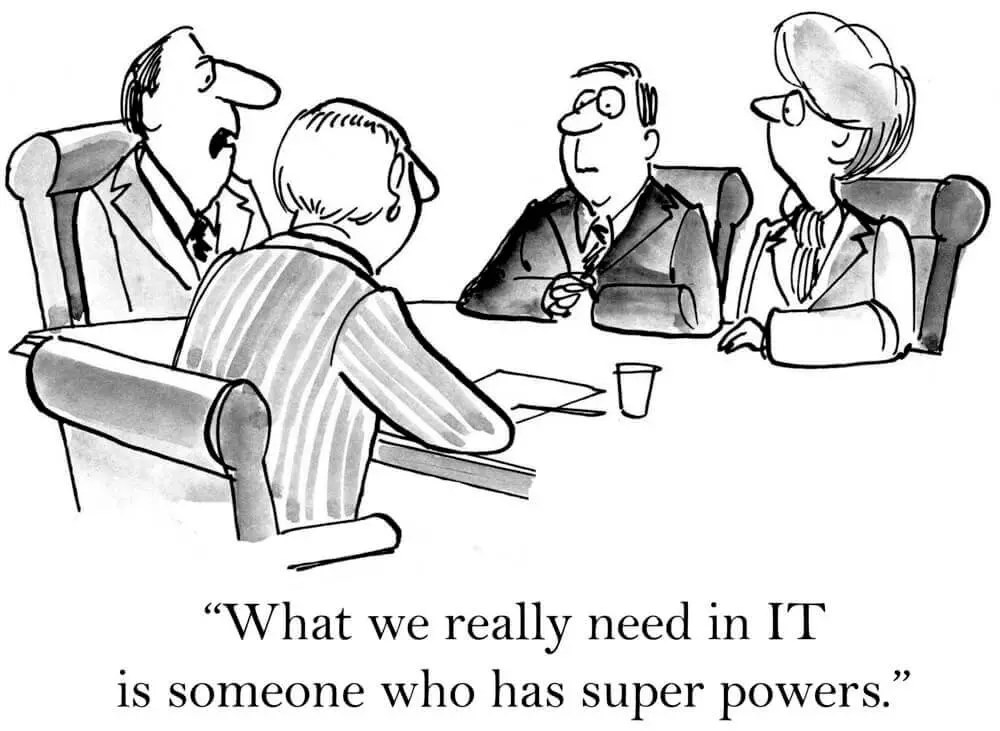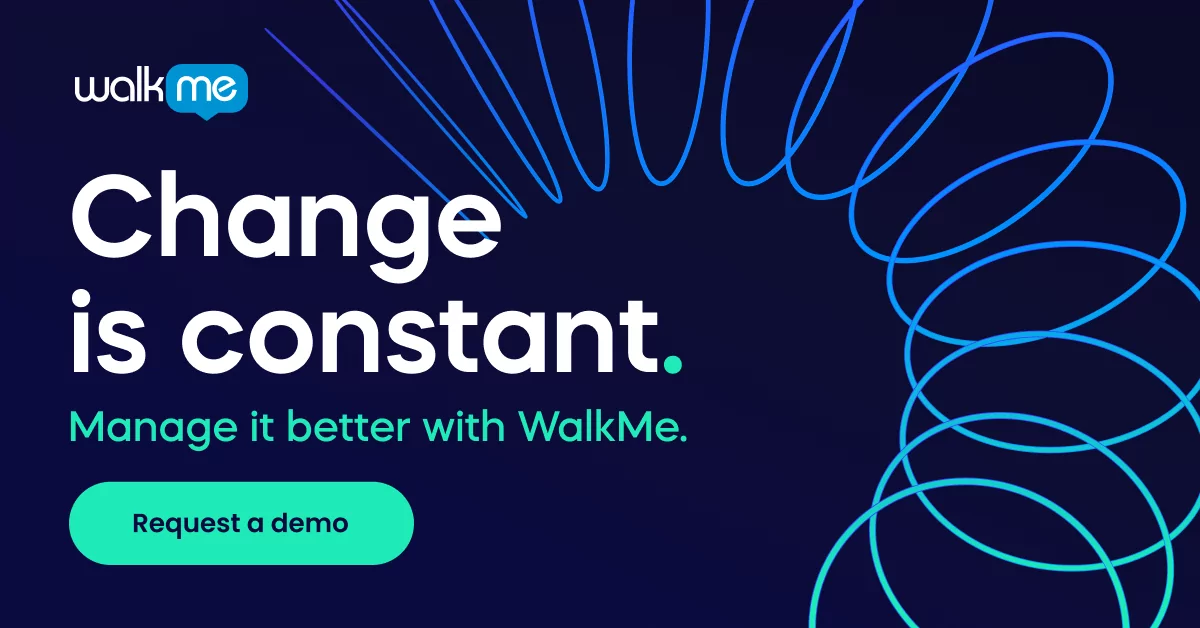In 1981 the term ‘Chief Information Officer’ was coined by William Synnott, vice president of data processing at the Bank of Boston. Prior to that, IT leaders were seen as serving a functional role, focused mostly on supporting immediate IT needs. Or as Deloitte said, “to keep the lights on and the trains running.” But today, the CIO role has evolved into a strategic enterprise partner within growing organizations.
In this article we are going to delve a bit deeper into the many hats CIOs wear, their importance to an organization, and a singular solution to streamline their workflows and processes.
Past to present
In the past, the IT managers’ role was more focused on maintenance. They were largely in charge of ensuring that applications were maintained, compliance followed and the IT infrastructure rock steady. IT was and still is the go-to team for any support issues or system failures. But before the CIO role was conceived, IT departments were quite siloed and their interactions with other C-level executives were minimal at best.
IT support and deliveries still fall under today’s CIO, but the scope of this executive’s responsibilities has expanded to cover more transformative and expansive digital solutions.
The changing CIO skill set
The CIO of today and tomorrow plays a strategic and innovative role within their organization. With a seat at the executive table, they touch upon all major business decisions related to budget and IT spend and closely work with internal and external stakeholders.
The strategist
Since CIOs work with the heads of multiple departments within a company, it’s imperative that they understand the exact challenges and goals of their department partners. A sales department might require 1,000 new licenses for a new CRM platform while the head of HR wants to perform an overhaul of their existing systems. All of these requests will come to the CIO. They need to keep the company’s business goals at the forefront while ensuring that the allocation and distribution of resources are fair and in the best interests of the organization. Long-term strategy and short-term solutions are the name of the game as CIOs balance competing priorities.
The change management leader
Digital transformation is a process that many companies embarked upon, with a predicted spend of $2.3 trillion by 2023. In light of COVID-19, digital transformation has been highly accelerated, forcing companies to rethink their digital strategy and operations to keep afloat.
When it comes to digital transformation and change management, the CIO and CEO are the people organizations are looking at to lead the charge. It is their responsibility to outline the necessary digital changes, liaise with all the right stakeholders, track implementation and create a plan to smoothly introduce and acclimate users to new software.
This year in particular has heightened CIOs ability to be agile and provide thoughtful and speedy digital solutions. With the workforce in flux due to the global pandemic, many organizations are operating remotely, and employees working primarily from home. CIOs and their IT departments have had to place a significant emphasis on outfitting employees with the digital tools they need to be productive. This of course has larger implications and isn’t a simple quick fix. If employees cannot do their work, then companies will lose money and eventually need to close their doors.

The trendsetter
In each company, the CIO is seen as the tech authority. If there are any questions about new technology, CIOs have to be well-read on the latest trends and software hitting the market. They are innovators, and to maintain a competitive edge, CIOs must be plugged into what new software will most positively impact their organizations’ bottom line.
The UX expert
Users across the board have higher expectations from their technology. They want it to be easy-to-use, clear to understand and a simple means to an end to complete tasks and processes. Digital employee and customer experiences are the benchmarks for how successful a company can be. If employees are frustrated or confused about their software applications, productivity will wane. Customers will pay the price too, receiving subpar employee assistance or even having to interact with poorly designed consumer platforms. CIOs have to understand UX and select software that will be compatible with their users’ digital experience.
DAP as the CIO solution
As the role of the CIO evolves into a more integral part of each organization, their responsibilities will only increase. In order to wear all of their different hats, they need solutions that hit their main priorities: managing IT spend, optimizing employee and customer digital experiences, leading digital transformation and being flexible to accommodate employees tech needs no matter where they are located.
A Digital Adoption Platform (DAP) meets all of those needs giving CIOs the resources to contribute to the success of their organizations ensuring technology ROI is met and business value achieved. This high level platform encompasses different solutions to enhance user adoption, user experience, and track and monitor software usage, thus impacting productivity, software spend and business ROI.
CIOs will see their roles and responsibilities evolve even faster as technology speeds up. These talented professionals will need the best digital solutions at their fingertips, and turning to DAP can make all the difference.


